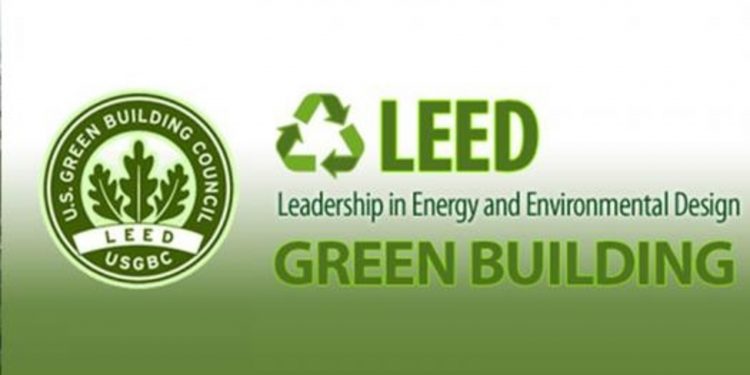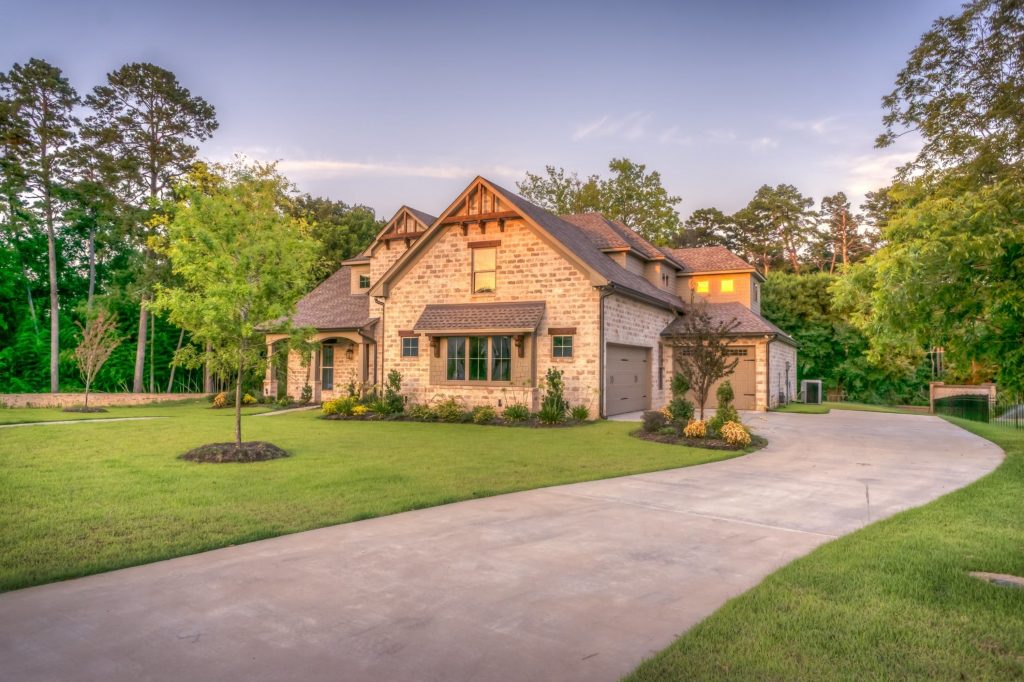
Planet Earth is a mess — natural resources are gradually being depleted, energy costs keep going up, and pollution is everywhere. It’s a tough time for aspiring homeowners. But don’t lose hope; LEED is here to save the day. You may have heard about it at some point. Experts and friends might even suggest obtaining a LEED certification when building your house.
But what is it exactly?
Before diving in on how to get your home LEED-certified, you first need to understand it works.
What is LEED?
LEED (Leadership in Energy and Environmental Design) is a certification system that revolves around the idea of making buildings green and eco-friendly. It verifies that a structure is built and designed following guidelines set to improve performance in aspects like:
- Energy-efficiency
- Conservation of water
- Abiding with environmental ethics
- CO2 emission reduction
- Stewardship of the planet’s resources
Who Came Up With This Idea?
Established in 1998, LEED was developed by the US Green Building Council to provide guidelines for owners, contractors, and operators in carrying out green building designs, strategies, workflow, construction, and maintenance.
LEED applies to all building types and phases – whether commercial or residential – to be designed, under construction, going through renovation, and operative.
How Does it Benefit Your Home?
Honestly, LEED Certification is more than just thinking green or having considerate thoughts for the environment. Below are some personal benefits you get to enjoy if your home is LEED Certified:
- You’ll pay less on water bills since you consume less water thanks to low-flow faucets, showers, and toilet flush.
- Mold won’t make it to your home’s interior structure as a result of built-in moisture control.
- Worry less about allergens and enjoy the fresh air quality as a result of well-planned ventilation.
- Not only in water, but you’ll have significantly reduced energy consumption.
- Obtain peace of mind and a satisfying sense of freedom watching your home’s beautiful eco-friendly design.
- Studies show that LEED-certified buildings consume 20-30% less energy than structures without certification. As a result, the value of a LEED building goes up by about 5%.

If you think that LEED is all about going green and considering the environment, you’re wrong. It has a lot of great benefits for your home.
LEED Project Types
Different projects require different LEED certifications. Since you’re looking to get your home approved, you’ll want to apply for LEED Homes. However, it’s a good idea to have a gist of other rating systems as well:
- BD+C Building Design and Construction: For new constructions, major renovations, and core and shell.
- ID+C Interior Design and Construction: Applied for interior-fit projects that are already finished. Typically sought out by hotels and retail stores.
- ND Neighborhood Development: Includes already built or conceptualized projects for residential and non-residential use of the community.
- O+M Building Operations and Maintenance: Applied for by existing operational buildings undergoing minor renovations with little to no construction.
- LEED Homes: Certification for single-family homes, multifamily low-rises (1-3 stories), and multifamily mid-rises (4-6 stories).
How Does it Work?
LEED is pretty straightforward and uses a point system. Basically, your home project will earn points for its design and certain green building strategies implemented during construction. You can achieve LEED certification by satisfying all prerequisites and earning a certain number of credits, as stated by USGBC.
Officials typically grade your home according to:
- Location and transportation
- Integrative process
- Sustainable sites
- Indoor environmental quality
- Energy consumption
- Materials and resources
- Water consumption
Once you’ve garnered enough points based on these categories, your project will then be given a LEED rating level: Certified (40 – 49 pts.), Silver (50 – 59 pts.), Gold (60 – 79 pts.), and Platinum (80+ points).
Applying for LEED Certification
If you want to make life easier, there’s plenty of LEED accredited architects and contractors you can hire. But if you wish to do it yourself, you’ll have to determine first which category your project falls in:
- New Home Construction: Your proposed project’s concept must be defined as an actual ‘dwelling unit.’ Simply put, it has to be complete with a bedroom, bathroom, and cooking area.
- Home Renovations: It might be possible for your existing house to apply for LEED certification if it’s leveled down to studs and starting from there.
The Certification Process
Without any more delay, here are the steps that you came here for:
- Register your Project
First, log in to LEED Online, then click ‘Homes.’ Hover to the right corner of the screen, then click on ‘Create New Homes Project.’ Next, you’ll have to select your registration type. Finally, fill up the fields as required by the site and pay for the certification review fee.
- Verification
Once the schedule for verification is set, you’ll meet with the validation personnel on-site. They will then provide you and your building team the specifics about LEED Certification levels, what you must do to earn points and attain those, and establish communications to ensure that inspection will be conducted during key points of the construction. After you have the paperwork ready, you’ll then submitted for review.
- Review
The Green Business Certification Inc. (GBCI) will be the first to check your home construction. They will then provide you with a list of awarded credits and pending prerequisites within 20-25 business days. You will have to comply with their demands within 20 days and submit your report for final review.
- Certification
Congrats! All your hard work has finally paid off, and it’s time to receive your LEED Certification. If you’re not satisfied with the GBCI’s decision, you can request a supplemental review. Once you’ve accepted the results, you can now show the world your hard-earned LEED Certification!

The certification process is much like other certification processes. It isn’t really that stressful.
Conclusion
Does LEED Certification cost a lot? It can be, depending on your project. But is it worth it? Definitely! You’re not only helping take care of the environment, but you’re also economizing your resources, thus saving money in the long run.
